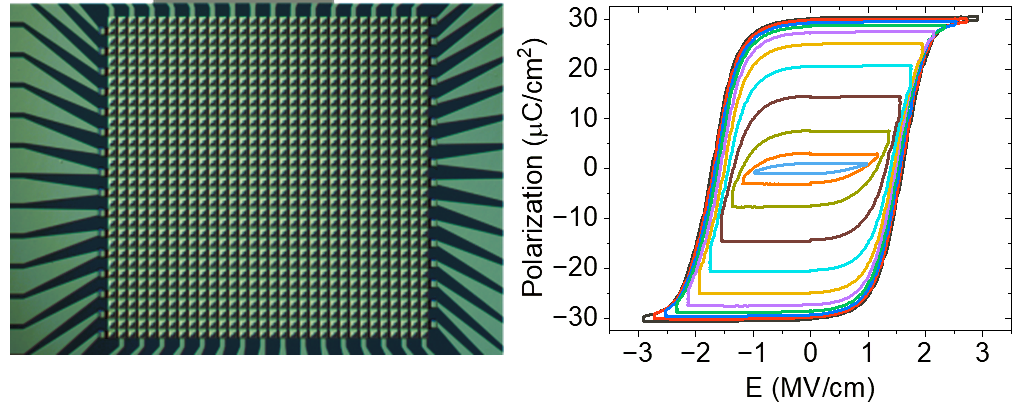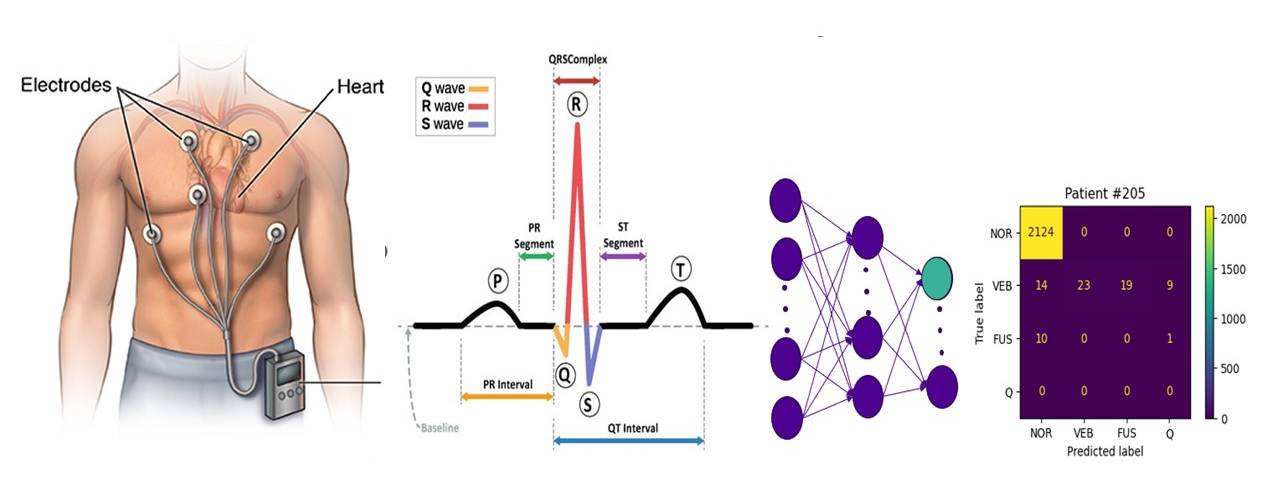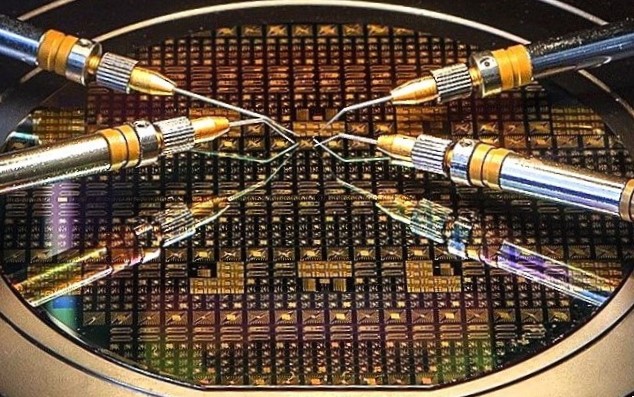Our LinkedIn Page
Background

Artificial intelligence (AI) has already achieved the capabilities to match, or even exceed, human
intelligence in solving specific classification tasks. However, running complex AI models on classical von Neumann computing architectures, i.e., modern computer chips, require vast amounts of energy and cause long latency due to constant data transfer between physically separated memory and the processing units. Achieving brain-like efficiency in computing requires nanoscale, energy-efficient, non-volatile and fast analog memory devices capable of reliably emulating the ultra-dense, low-power, low-latency operation of biological synapses and neurons.
Goal

Our main goal is to strengthen semiconductor device innovation for unconventional computing. This involves research on advanced non-volatile memories using ferroelectric devices, logic components using oxide and 2D semiconductors and optoelectronic components for photonic neuromorphic computing. One of our key focus is understanding defect dynamics in high-k oxides, semiconductors and their interfaces to improve their performance reliability and lifetime.
Impact

Aim of our research is to advance unconventional computing hardware technology by combining
knowledge of device physics, nanotechnology, experimental materials science and simulations. We use AI-based electronic materials development to develop hardware in a more resource efficient way. This approach has the potential to drive the development of more efficient, scalable, and adaptable devices, with applications in memory storage, neuromorphic computing, cryogenic memory for quantum computation, high performance computing, space technologies and energy-efficient logic circuits, ultimately paving the way for broader adoption in the semiconductor industry.
One significant impact of this technology is highly energy efficient smart edge devices, capable of real-time decision that can find applications in healthcare, autonomous systems, space, robotics and many other fields.

